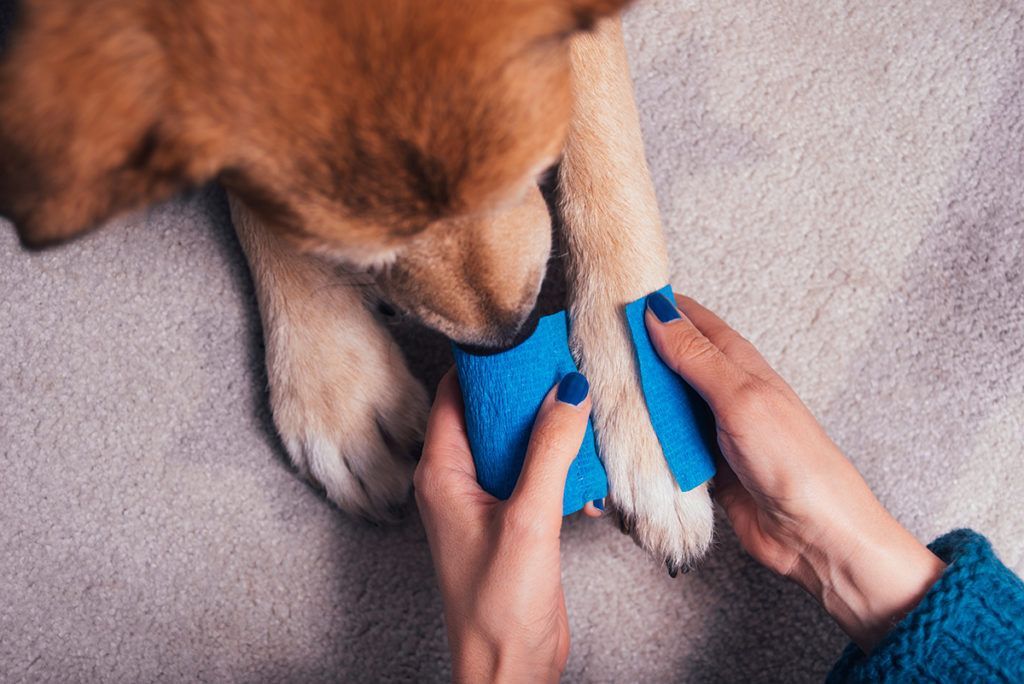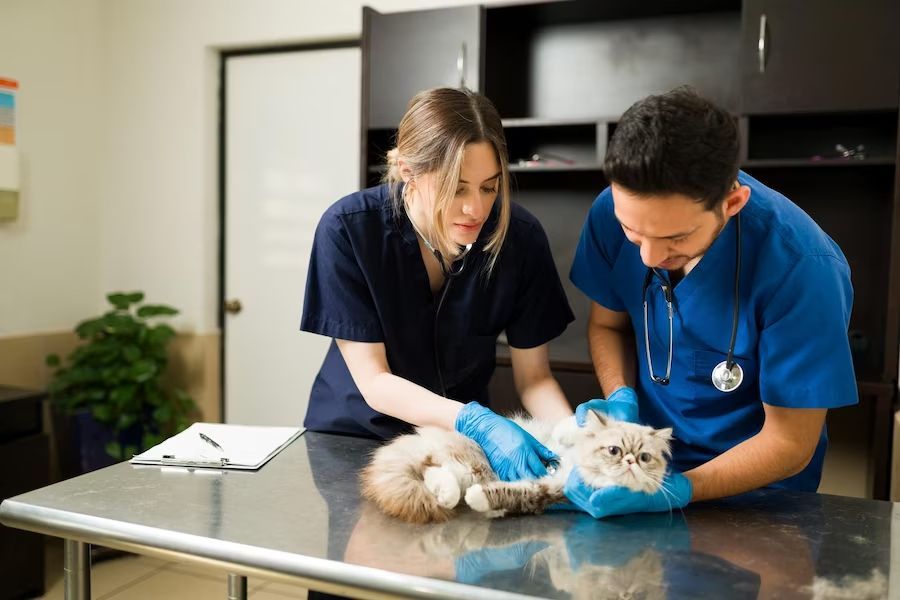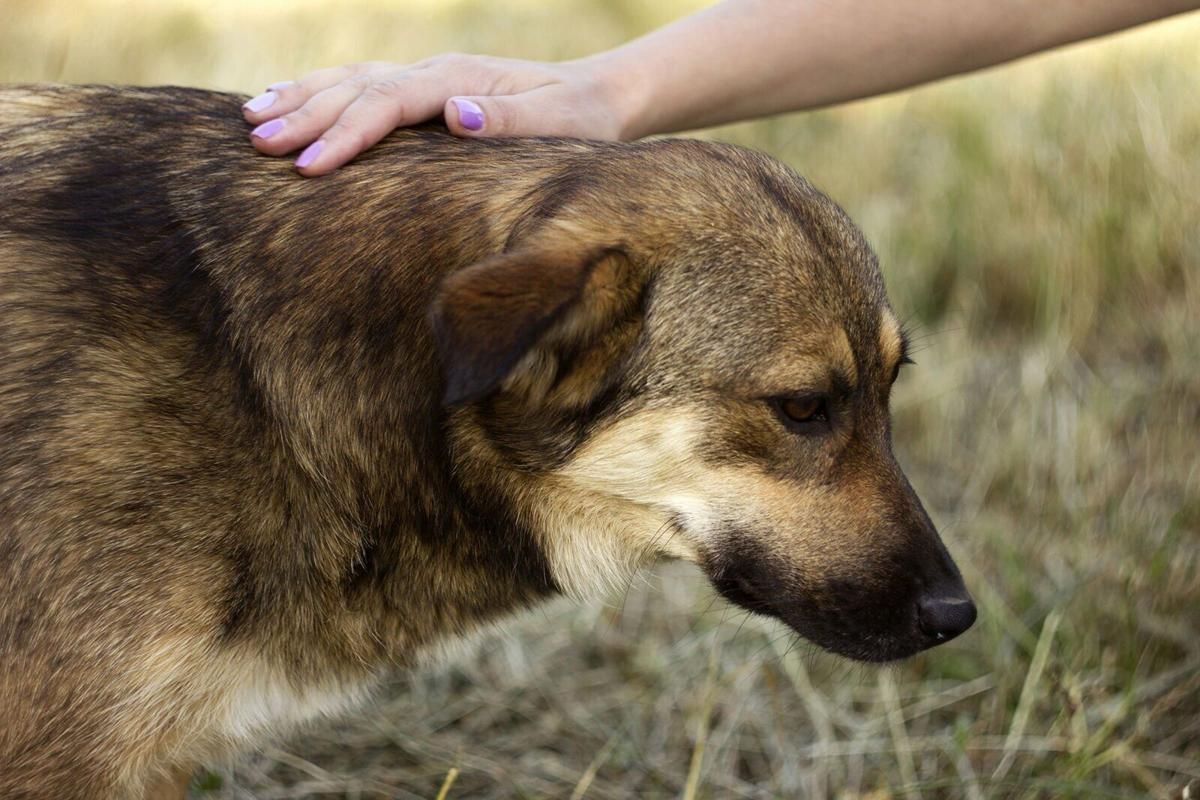What to do if Your Dog Has a Tick
If your dog enjoys going outside and exploring the wilderness, chances are good he may encounter ticks now and then. When you live in a tick-prone area or take a vacation to a place like this, your dog is even more likely to be exposed.
So, what can you do if your dog has a tick? What is the best method of removing the tick, and what are you supposed to do afterward? In the article below, we’ll walk you through all the steps you need to take when dealing with ticks on your dog. Read through this information to find out more!
Steps to Take if Your Dog Has a Tick
Listed below are the steps you should take if your dog has a tick:
Check for Burying
First, you’ll need to check the tick and see if it has buried up under the skin. It may have bitten your dog but not quite burrowed beneath the skin yet. Either way, if the skin is broken at all, you’ll need to proceed with the next steps on this list.
If the tick is completely unburied and is just clinging to your dog’s hair, you can put on gloves and pick it off of your dog. Flush it down the toilet to dispose of it. A tick that has not broken the skin cannot transmit disease to your dog.
Prepare Tools
If the tick has broken the skin, you’ll need to prepare to remove it. Gather the tools you’ll need before you begin. You should put on a pair of gloves to protect yourself, and you should also gather a pair of sharp tweezers or a tick removing tool. Additionally, gather rubbing alcohol or hydrogen peroxide and some cotton swabs, as well as a damp, soapy washcloth.
Once you have gathered everything, call your dog over and offer treats and attention. You may need assistance from another adult family member, especially if you have a very nervous dog.
Grip the Tick
Part your dog’s hair and locate the tick. Once you are sure you’ve got the tick in view, use the sharp tweezers or the tick removal tool to grip the tick. Place the sharp part of the tweezers or the pointed ends of the tool under the tick’s mouthparts, where the head attaches to the body.
It is important to grip the tick in the proper location. Failing to do so may cause the tick’s mouthparts to break off and remain buried in your dog’s skin, which will make them much harder to remove afterward.
Pull Straight Up
With the tick carefully gripped in the tweezers or tick removal tool, pull straight up. Do not pull at an angle from your dog’s skin, as this may also cause the mouthparts to break off and remain in the skin. Apply some light pressure on your dog’s skin to pull down against the tick removal motion as well.
In most instances, the tick will pull away from the dog’s skin after a few moments of pulling. If the tick is very badly buried, you may need to try this step a few times before you get it to let go, or you may need to consult your veterinarian for assistance.
Clean the Bite Wound
Clean the bite wound thoroughly with your damp, soapy washcloth. Dry the affected area and then apply a little bit of rubbing alcohol or peroxide to further clean the bite. If you like, you can also apply a bit of antibiotic ointment to prevent the risk of infection.
With the tick completely removed and the bite cleaned, make sure you reward your dog with treats and praise for being so patient! Your dog may feel uncomfortable or upset from the experience, so it’s important to create a positive association with the process and minimize fear or anxiety as a result. .
Save the Tick
If you live in an area where Lyme disease or other tick-borne illnesses are common, save the removed tick in a plastic baggie and take it to your vet as soon as possible. The vet can check the tick and let you know if it is a type that may potentially carry the disease. Your vet may recommend testing your dog’s blood in the future to ensure no diseases have been transmitted.
If you are unable to save the tick, a vet visit is still highly recommended. If you’re unable to visit your vet, you’ll need to carefully monitor your dog. At the first sign of illness or infection, take your dog to the vet to be checked out immediately.
Contact 24/7 Local Veterinarian if Your Dog Has a Tick
With the help of this guide, you should be ready to respond appropriately the next time your dog has a tick. Keep in mind that tick-borne diseases are common in dogs, so you should follow up with your vet if your dog is showing any signs of sickness following a tick bite.
Keep your dog on a regular tick and flea preventative for best results. You may choose a topical medication, an oral medication, or a flea collar that also works for ticks, depending on your personal preferences and your dog’s overall health and wellness.
For more information, contact a 24/7 Local Veterinarian by calling one of our locations. We have locations all over the country that are open 24/7 and our team is ready to guide you and your pet in the right direction. Your pet’s health is important to us, so don’t hesitate to ask for advice on what’s best to do for them.
Contact with your local vet for the best advise
Resource Center









